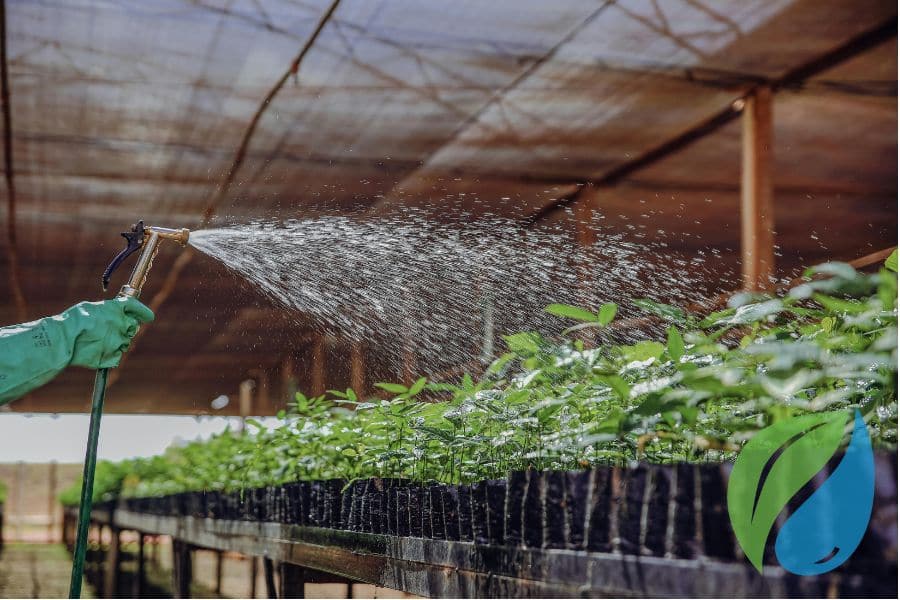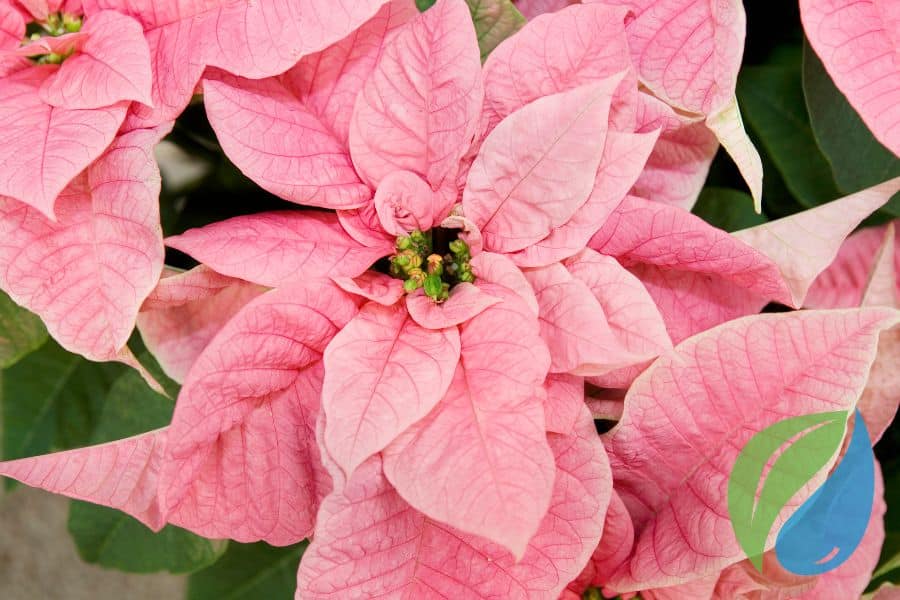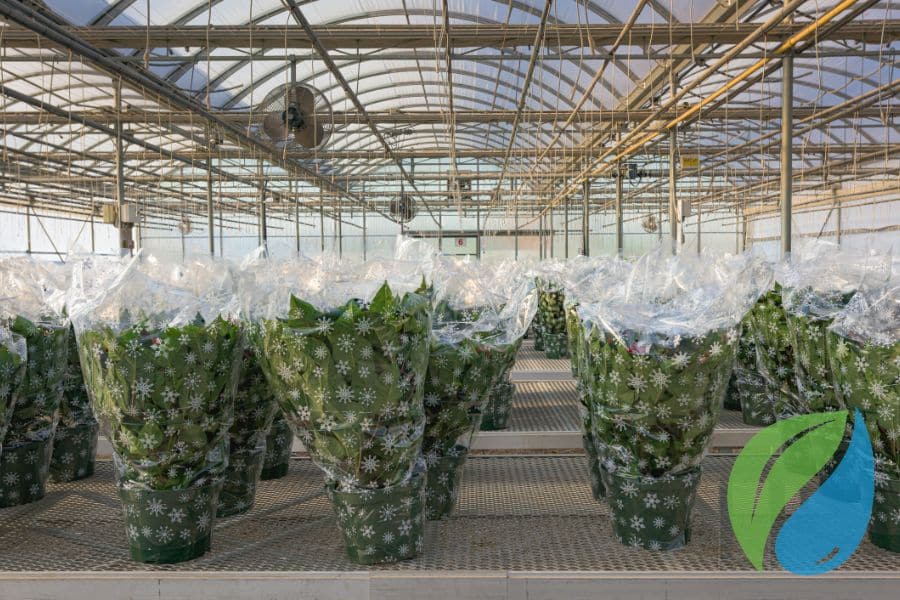Ever wonder what lives in your greenhouse or nursery’s irrigation system? It’s not the creature from the black lagoon, but it can be just as damaging to your operation: bacteria and mold.
Bacteria and mold in your irrigation water can wreak havoc on your plants, spreading disease and damaging your product. A microbial water testing kit can indicate potential disease problems lurking in your irrigation system. We recommend testing your water regularly to ensure your irrigation system isn’t harming your plants.
Common Pathogens Found in Irrigation Water
Let’s take a closer look at a few of the most common bacteria found in greenhouse and nursery irrigation water.
Phytophthora
The Phytophthora is a menacing species of bacteria. Its name literally means “plant destroyer,” and the species certainly lives up to it. Phytophthora is the number-one cause of disease in nursery crops in the United States.
Phytophthora closely resemble fungi and are sometimes referred to as water molds. It causes root rot in a number of plants, including many vegetable, fruit, and tree species. If not caught and addressed early, the disease can cause thousands of dollars in damage to your plants.
Pythium
Like Phytophthora, Pythium is a fungi-like bacteria that can be spread through water. It also causes root rot in nursery and greenhouse plants. Some species of Pythium affect plant roots, stem, seeds, and tubers. Others affect leaves, young stems, and fruits. When left untreated, Pythium can travel across the entire host plant and spread to neighboring specimens.
Erwinia
As we’ve discussed on our blog previously, Erwinia bacteria causes bacterial wilt in many ornamental plants as well as fruits and vegetables. The bacteria can be spread through irrigation water. Affected plants experience sudden wilting that starts in the lower leaves and moves up the plant. Cut stems may ooze.
Xanthomonas
Xanthomonas is another bacteria we’ve covered on our blog. Xanthomonas causes leaf spots on ornamental plants, damaging their appearance and if unaddressed, killing the plant. Geranium, begonia, hydrangea, poinsettia, ranunculus, zinnia, and ornamental kale, cabbage, and pepper are especially susceptible.
Ralstonia
Ralstonia is a bacteria that causes bacterial wilt in geraniums, especially in warmer climates. Its symptoms are similar to Xanthomonas. While Ralstonia is soil-borne and not spread by overhead irrigation, it can be spread through subirrigation systems.
Microbial Water Testing Can Identify Pathogens
The easiest way to diagnose disease at your nursery or greenhouse is to regularly test your irrigation water for pathogens. A microbial water test will tell you whether or not your water contains bacteria or mold and yeast. If you get a positive result, we recommend treating your water and your plants immediately to prevent disease spread and protect your profits. Your favorite water testing lab should be able to help you with microbial water testing.
Systemic Bacterial Control Protects Your Profits
Systemic bacterial control is the silver bullet to protect your plants and your profits this growing season. Phyton 27 is a patented, systemic bactericide that moves vertically and laterally into the plant and across new growth. It is safe to use throughout the growing season from propagation and translation through shipment and harvest. Phyton 27 is safe to use on open blooms and will not leave visible residue behind.
Disease Prevention with Phyton 27
Phyton 27 is a versatile, broad-spectrum bactericide and fungicide that is safe for use on ornamentals. Its sister product Phyton 35 is safe for food crops. Phyton 27 can be applied as a spray, soil drench, fog, dip, injection, or chemigation. Here are a few tips for controlling bacterial diseases in established plants and during propagation.
Disease Prevention and Control Tips
• Use Phyton 27 or Phyton 35 alone or in rotation with other products for resistance management.
• Phyton 27 or Phyton 35 can help you maintain your routine prevention program with less product.
• Adjust rates and intervals according to susceptibility of variety and adversity of environmental conditions.
• Low volume equipment may not be effective against bacterial disease.
• A spray or drench solution with a pH 5.5 to 6.5 will optimize efficacy.
• Spray thoroughly or saturate completely for best efficacy.
For more information about Phyton 27, Phyton 35, and other greenhouse sanitation solutions that are safe for ornamentals and edible crops, visit phytoncorp.com.




